In the course of the increasing commoditization and integration of solar energy into human life, the trend of setting up a solar charging station along city streets and highways all around the globe has the potential to replace the classic filling stations on a mass scale – just in time as (solar-powered) electric vehicles more and more conquer our streets.
The magic word here is charge which has a variety of meanings – from frightening to unpleasant to pleasant to exciting. Who would not hate to be charged by a member of a law-enforcing agency?
We have heard dreadful stories of angry wives charging on their husbands with a bread knife. On the other hand, your better half could really charge you up with simple loving smile.
That is about charging by, on, or of, humans. Of course, we are not discussing such charging here. This article will discuss the charging up of inanimate battery-driven electric objects, and primarily, vehicles.
Electrical vehicle charging
With the ongoing advent of new and better technology, more and more devices are either carrying us or being carried by us. These devices range from aircrafts to electric vehicles (EV), to laptops to handy mobile phones.
This situation demands new approaches to ensure lengthy power supply to these mobile devices – charging stations should be available by the roadside and in other public places.
And indeed they are. Soon we should have them as ubiquitous as gas stations currently are. And later, classic filling stations may slowly disappear or change their appearance. It may happen faster than we expect – technology can take sharp turns.
Electric Vehicle Supply Equipment (EVSE)
Charging stations normally derive their power from the grid. But increasingly, renewable energy-based charging stations, most notably in the form of a solar charging station, are becoming popular.
The reasons include their comparably low carbon foot-print, relative easy of installation and of course, increasingly low cost.
Solar Charging Station: structure and types
Solar charging stations can come in various shapes, sizes, cell technologies and power capacities. The most common shapes are:
- poles and tree structures
- carport-roof structures with power dispensers, visually akin to filling stations
- tables with solar umbrellas
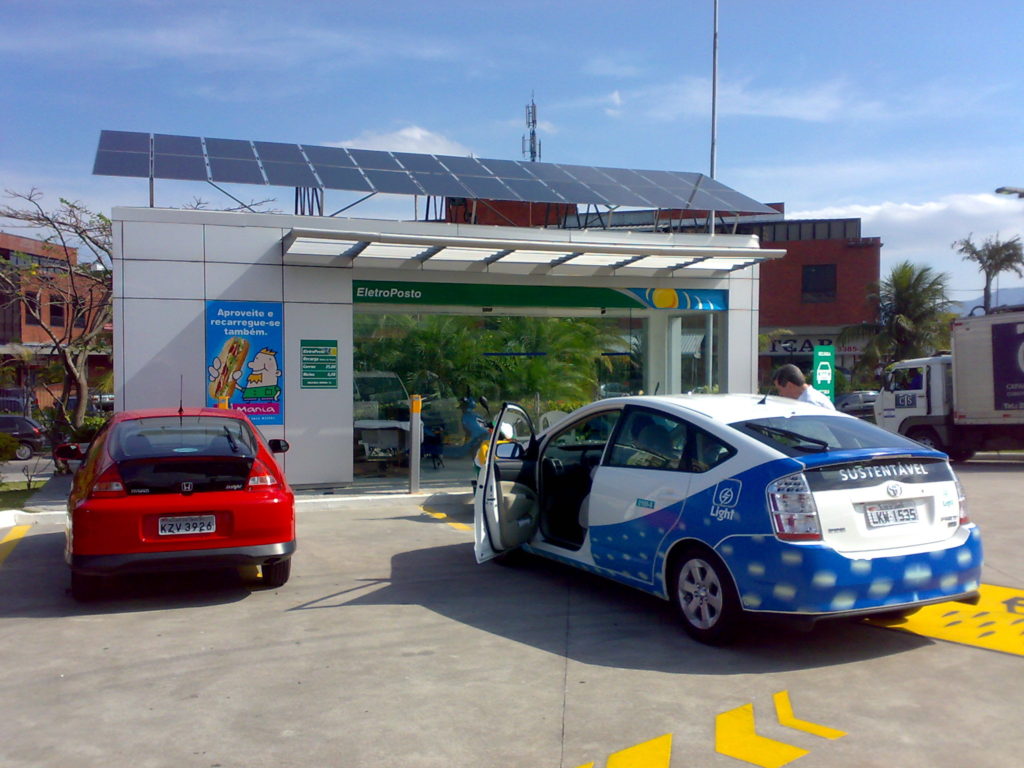
EVs parking at commercial solar charging station (Source: Wikimedia)
Charging stations powered by solar photovoltaic energy and other renewable sources are available in the following four types:
- Residential charging stations: these are home charging stations for private use by the owner. They are slow chargers and will be suitable for an overnight charging. No metering is required. They can come in various sizes and forms.
- Charge-while-parked stations are operated at vehicle parks, e.g., near railway stations, shopping malls, and regular parking stations. A fee is charged by the operator. The charging may be slow or fast. Electric vehicles can be charged while the owners are away shopping, etc.
- Fast charging normally means charging at powers greater than 40kW, suitable for locations where quick stops and goes are required, e.g. at highways. Normally three-phase high voltage will be used. Depending on the make and model of the vehicle, charging can be done in under half an hour.
- Battery swaps or charges in under 15 minutes. This is in response to a target set by California Air Resources Board (CARB), which demands a charge up fit for 200 miles in under fifteen minutes. A simple solution is a battery swap.
Standardization
Just as the same gas nozzle fits all vehicles, similarly the same power outlet should be able to supply all electric vehicles (EVs). Thus a minimum measure of standardization is necessary.
In North America, SAE J1772 specifications apply to connectors on the vehicles and the charging stations, while the European standard is based on the specifications of the standards IEC 62196 and IEC 61851.
Connectors have been specified for both DC and AC charging, with charging conditions specified in terms of Level 1, Level2, Level 3, etc., in order of increasing power (charging rate).
The connectors are not dumb connectors like the power socket for the household equipment, but smart connectors. Those are intelligent, microprocessor controlled connectors with safety sensors.

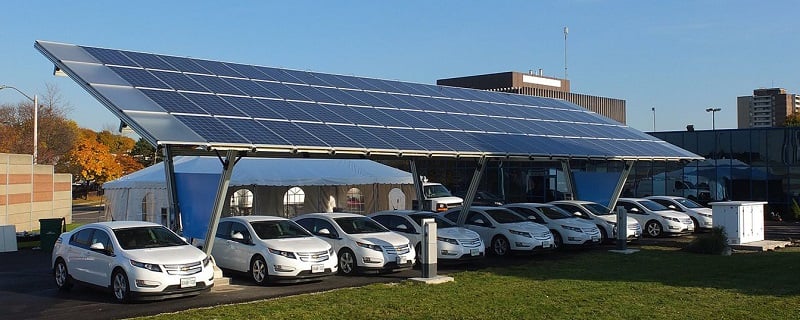

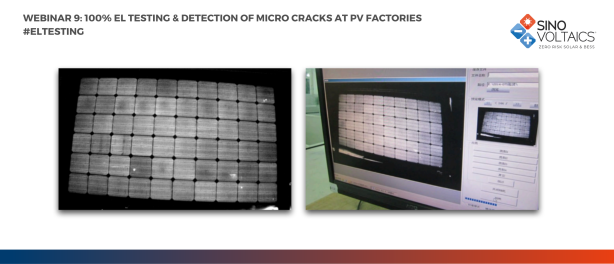
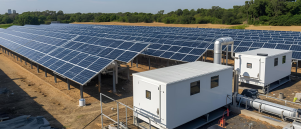
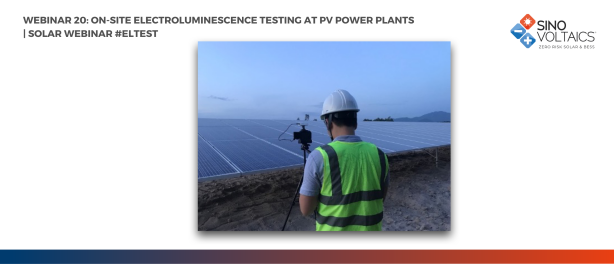

Eliana Parker
on 29 Sep 2018Vinod
on 25 Feb 2017Kamiya Ali
on 02 Nov 2017